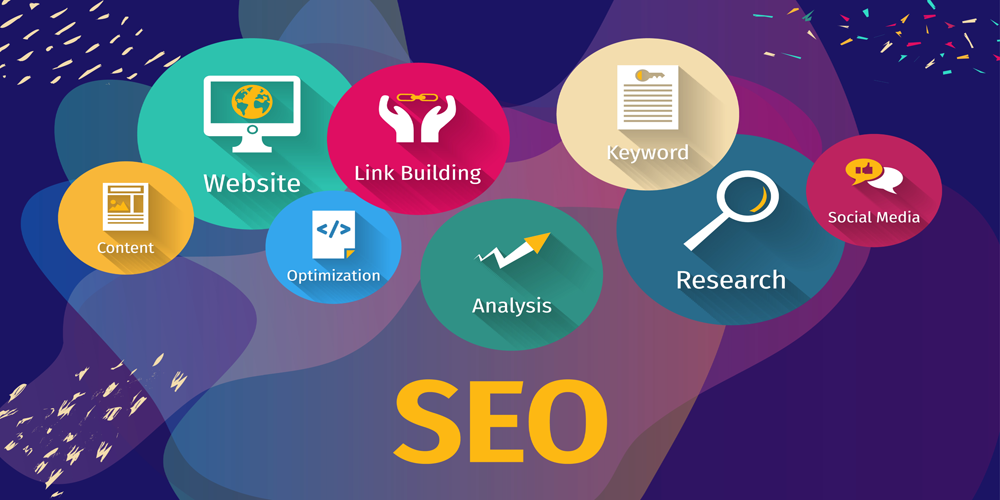Making Sense of Traditional SEO
Every few years, the same question pops up in marketing circles: Is traditional SEO still relevant?
With TikTok search on the rise, AI-generated results reshaping Google, and businesses pouring money into ads and social media, it’s fair to wonder if old-school SEO practices, keywords, meta tags, backlinks, still matter. The short answer? Yes. More than you think.
Let’s break it down.
Why Traditional SEO Still Matters
Google may be smarter than it was a decade ago, but its mission hasn’t changed: to deliver users the most relevant, high-quality content possible.
That means the basics of SEO, keyword research, on-page optimisation, clean site structure, and backlinks, are still the foundation of online visibility. Without them, even the best content risks getting buried.
And it’s not just about search engines. These practices also improve user experience. When your site is easy to navigate, loads quickly, and matches what people are searching for, customers stick around longer, and are more likely to trust your brand.
Don’t Forget Local SEO
One of the most powerful (and often overlooked) aspects of traditional SEO is local SEO Optimisation.
Think about it: how often do you pull out your phone to find “coffee shop near me” or “best plumber in [your city]”? Local searches drive massive foot traffic and sales. By making sure your Google Business Profile is polished, your NAP (name, address, phone number) is consistent, and your site is optimised for location-based keywords, you’re putting yourself directly in front of nearby customers who are ready to buy.
The New Meets the Old: Blending SEO With Modern Tactics
Of course, SEO today isn’t just about keywords and backlinks. To win in the digital space, traditional methods need to work hand-in-hand with modern strategies:
- Content Marketing: A blog, video, or infographic that answers customer questions can do double duty, ranking in search while also engaging readers.
- Social Media: Shares, likes, and comments don’t directly affect rankings, but they amplify reach. More visibility often leads to more backlinks and authority signals.
- User Experience (UX): Google now pays close attention to how people interact with your site. A frustrating experience (slow load times, confusing navigation) can hurt rankings just as much as poor keyword use.
It’s less about choosing between SEO and new tactics, and more about weaving them together into a holistic strategy.
Why Traditional SEO Is Still a Smart Investment
Here’s the beauty of SEO compared to paid ads: once you put in the work, the results can keep paying off. A strong piece of evergreen content can drive traffic for years, while ads stop the moment you stop paying.
Good old fashioned Traditional SEO also builds trust and credibility. When your business shows up consistently at the top of search results, customers see you as a legitimate, reliable option. And in an era where choices are endless, that trust can tip the scale in your favour.
Final Thoughts
Traditional SEO isn’t dead — it’s evolved. The core principles are still as powerful as ever, but now they work best when blended with fresh approaches like content marketing, social media, and user-focused design.
If you’re a business owner, don’t think of SEO as “old news.” Think of it as your digital foundation. With it, every new strategy, ads, social campaigns, influencer marketing, becomes more effective. Without it, you’re building on shaky ground.
Bottom line: SEO is not optional. It’s a long-term investment in visibility, credibility, and sustainable growth.





